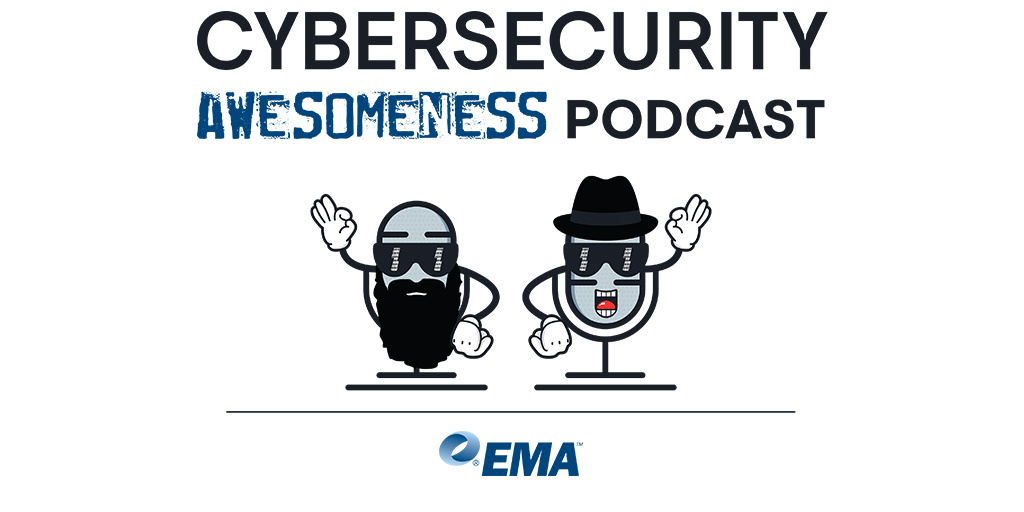The recent U.S. strikes on Iranian nuclear facilities dramatically reshaped the cyberthreat landscape facing American networks. In the weeks and possibly even months following the bombings, cybersecurity professionals should anticipate a surge in both opportunistic and state-aligned intrusions aimed at disrupting critical systems, stealing sensitive data, or undermining public confidence in digital infrastructure. Understanding the motivations, tactics, and potential targets of these adversaries is essential for organizations seeking to bolster their defenses and maintain operational resilience.
Pro-Iranian hacktivist groups—often loosely organized but highly motivated by political events—have a history of launching low-sophistication, high-visibility operations, such as website defacements, distributed denial of service (DDoS) attacks, and credential-harvesting phishing campaigns. In the aftermath of the strikes, these groups are likely to amplify their activities against accessible targets, including local government portals, educational institutions, and nonprofit organizations. Although such attacks rarely result in catastrophic system failures, they can disrupt services, erode user trust, and divert internal security teams from higher-priority threats.
Beyond hacktivists, cyber actors aligned with or directed by Iranian intelligence services are poised to conduct more sophisticated operations targeting governmental and private sector networks. These campaigns may employ advanced persistent threat (APT) techniques, such as spear-phishing with malicious documents, zero-day exploitation, and multi-stage malware deployments, to gain long-term footholds, exfiltrate critical intellectual property, or manipulate data integrity. Historical DHS advisories note that such actors routinely probe poorly secured networks and internet-connected devices for vulnerabilities, particularly within the energy, financial services, and defense industries.
The weaponization of cyber tools against critical infrastructure poses a particularly grave concern. Industrial control systems (ICS) and supervisory control and data acquisition (SCADA) networks underpin essential services—power generation, water treatment, transportation—and often lack robust segmentation from business IT environments. A strategic cyber-attack could, for example, disrupt power distribution, compromise water quality sensors, or introduce safety-critical malfunctions in transit systems, potentially endangering public health and safety. Given the strategic value of these systems, they remain prime targets for well-resourced adversaries seeking geopolitical leverage or retaliatory impact.
As Stuxnet taught us, even air-gapped control networks are not invulnerable to determined adversaries. By exploiting removable-media vulnerabilities and supply-chain weaknesses, the worm bypassed physical isolation at the Natanz facility in Iran between 2005 and 2010 and spread undetected across Siemens PLCs for months. Today’s industrial environments often rely on USB drives, vendor-supplied firmware updates, and interconnected engineering workstations—any of which can become a covert entry point if left unchecked.
A well-crafted malicious payload can lie dormant in control logic, subtly altering sensor readings or actuator commands until it inflicts physical damage. To guard against such stealthy campaigns, organizations must enforce strict removable-media policies, rigorously vet third-party components, and deploy behavioral monitoring on control-system traffic—not just traditional antivirus on corporate endpoints. Only by treating ICS networks with the same adversarial mindset that Stuxnet demonstrated can defenders hope to prevent a replay of those disruptive tactics on U.S. critical infrastructure.
There is also the possibility that lone-actor attackers or small cells could attempt both physical and cyber-enabled assaults on perceived “soft targets,” such as community centers, houses of worship, or local governments. In parallel, disgruntled insiders with personal or ideological sympathies toward Iran’s regime may seek to sabotage systems from within, emphasizing the need for enhanced insider threat detection and personnel vetting protocols.
To navigate this elevated threat environment, organizations should adopt a layered defense posture anchored by the following actions:
- Implement Rigorous Patch Management. Prioritize timely deployment of security updates for operating systems, applications, and firmware on all network-connected devices. Delays in patching known vulnerabilities invite exploitation by both low-level hackers and sophisticated APT groups.
- Strengthen Network Segmentation. Isolate critical ICS/SCADA networks from business-oriented traffic through firewalls and air-gapped configurations where feasible. This limits lateral movement opportunities for threat actors who breach perimeter defenses.
- Enhance Email and Web Defenses. Deploy advanced email filtering with sandboxing to detect malicious attachments and URLs, and utilize secure web gateways to block access to known phishing and command-and-control domains.
- Increase Threat Hunting and Monitoring. Leverage real-time intrusion detection systems (IDS) and security information and event management (SIEM) platforms to identify anomalous behaviors—unusual login times, lateral scans, or data exfiltration patterns—and empower dedicated threat-hunting teams to investigate alerts promptly.
- Foster Public/Private Collaboration. Share threat intelligence with federal partners—particularly CISA’s Automated Indicator Sharing (AIS) program—and industry information sharing and analysis centers (ISACs) to benefit from collective insights and indicators of compromise (IOCs) that emerge from broader attack trends.
- Educate and Exercise. Conduct regular phishing simulation exercises, tabletop incident-response drills, and user awareness training to ensure staff recognize social engineering attempts and understand escalation procedures when potential compromises are detected.
As tensions persist and the potential for further military or cyber escalation remains high, the urgency for robust cybersecurity postures cannot be overstated. Organizations that proactively adopt the outlined defenses will not only mitigate immediate risks, but also cultivate the resilience necessary to weather future geopolitical shocks. In this volatile era, preparedness is the strongest deterrent against adversaries seeking to exploit fissures in America’s digital frontier.



